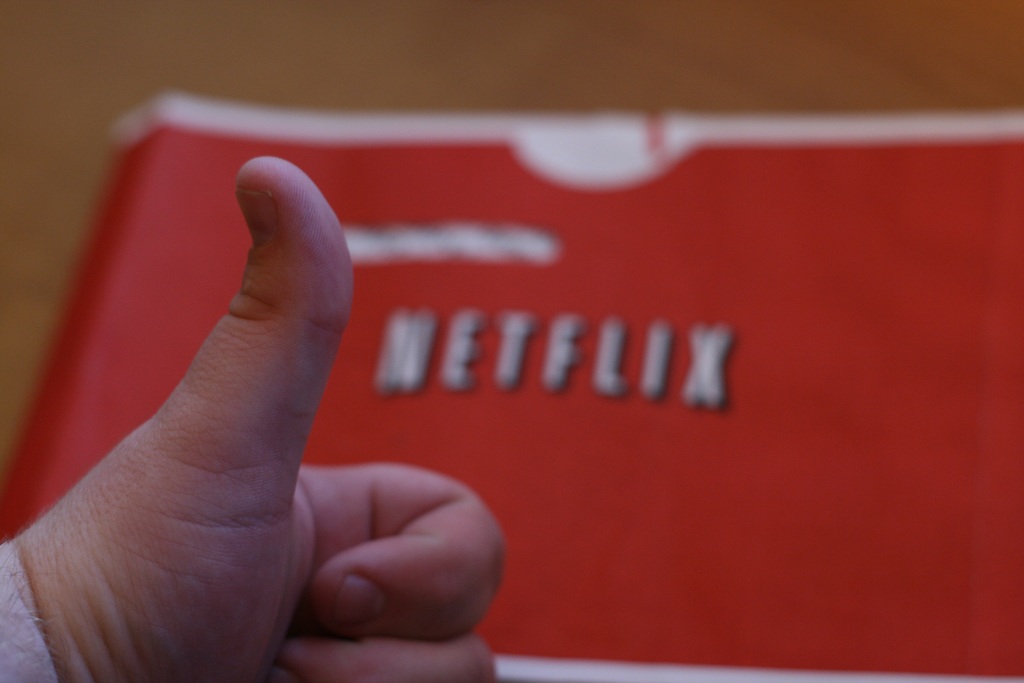Netflix’s ‘What Jennifer Did’ Unearths Chilling Murder Plot in Ontario
The latest hit on Netflix Canada, “What Jennifer Did,” has reignited interest in a chilling murder-for-hire plot that shook an Ontario city back in 2010. The documentary delves into the intricate events surrounding Jennifer Pan’s life, leading up to the tragic killing of her mother and severe injury to her father in Markham, Ont. Pan’s tumultuous relationship with her strict parents, coupled with a web of lies and deceit, culminated in a horrifying ordeal that left a community in shock.
The true-crime narrative explores Pan’s strained ties with her demanding parents, whose high expectations and tight reins pushed her to the edge. Amidst a facade of academic success and obedience, Pan’s clandestine romance with her boyfriend, Daniel Wong, set the stage for a sinister turn of events. As tensions mounted and ultimatums were issued, Pan found herself entangled in a deadly scheme to eliminate her parents.
The night of November 2010 turned tragic when armed assailants stormed the Pan household, unleashing a barrage of bullets that claimed one life and left another clinging to survival. Initially portrayed as a victim of a home invasion, Pan soon found herself at the center of a homicide investigation. Texts and calls between Pan and Wong revealed a disturbing plot to orchestrate her parents’ demise for a sum of $10,000, casting a chilling spotlight on the depths of human depravity.
Karen K. Ho, a key figure in shedding light on the case, reflects on the complexities and ethical dilemmas surrounding true-crime narratives. While acknowledging the allure of such stories, Ho raises concerns about their potential to exploit tragedy and perpetuate harmful stereotypes. She advocates for a shift towards journalism that addresses systemic issues rather than sensationalizing personal tragedies, citing the impactful work of journalists like Connie Walker, who focus on marginalized communities.
As “What Jennifer Did” captivates audiences, it prompts a broader conversation about the ethics of true-crime storytelling and the need for nuanced perspectives in media representation. Amidst the fascination with sensational crimes, Ho’s insights serve as a reminder of the importance of responsible reporting and the pursuit of justice beyond the headlines.



